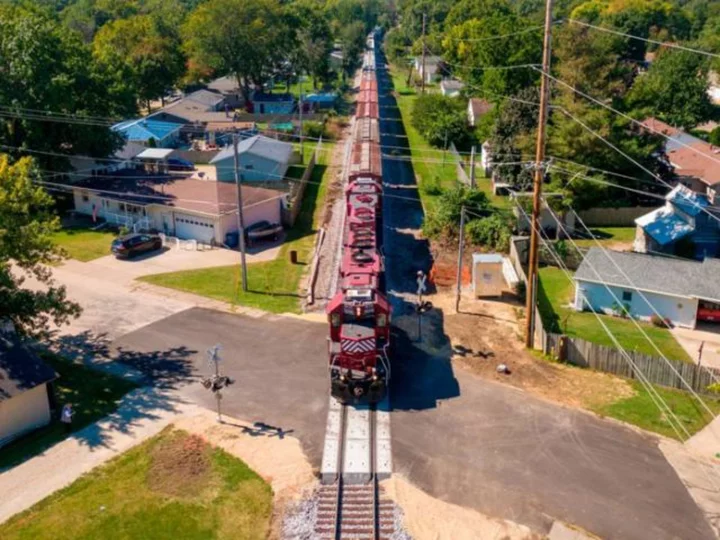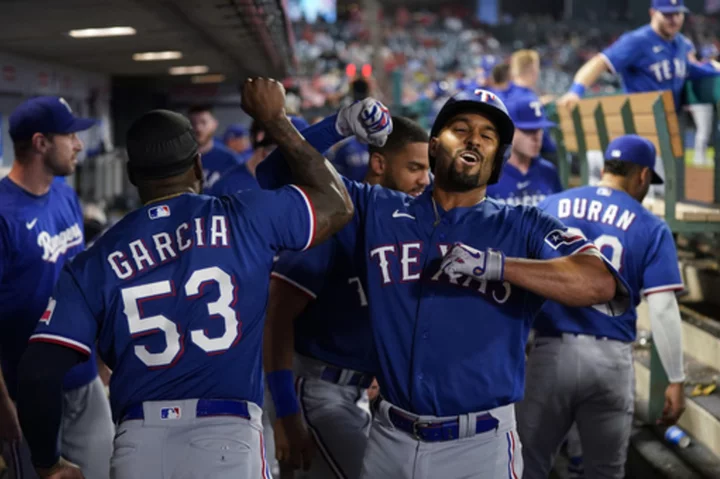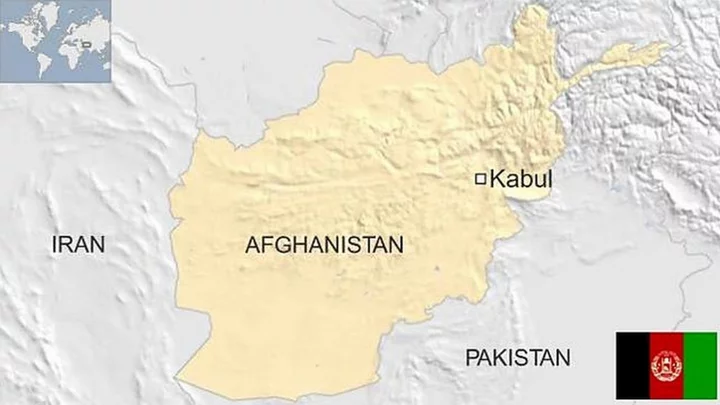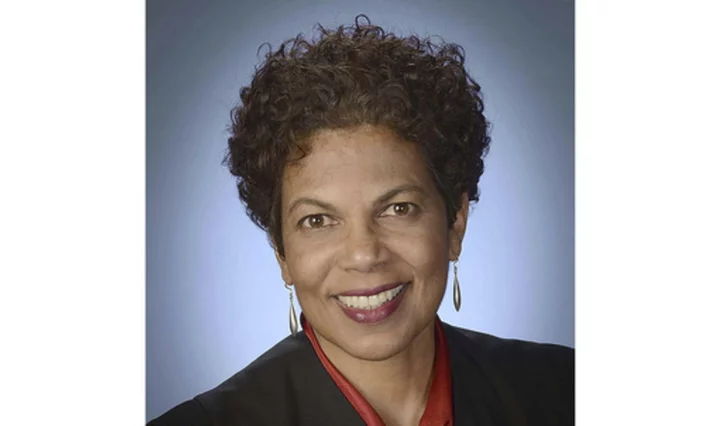US federal officials are putting millions of dollars into fixing dangerous intersections where trains and cars meet.
The $570 million in infrastructure spending to replace, improve or study grade crossings will reduce the approximately 2,000 train-vehicle collisions that happen every year, the Biden administration said. The collisions kill about 200 people annually.
It will also reduce congestion at intersections where trains block traffic, the administration said. Nearly 26,000 blocking incidents have been reported to the federal Transportation Department in the last year, and more than 9,000 of those lasted for longer than one hour.
The Federal Railroad Administration said the funds will go toward 34 projects, including five in Texas, the state with the most grade crossing blockage complaints. A grade crossing refers to the area where a roadway intersects with or crosses a railroad track at the same level.
One of those projects, in Houston, will replace seven points where tracks and roads meet. Instead, the trains will have a protected route, and vehicle traffic will have four underpasses.
More than 850 blockages have been reported this year alone at those seven crossings, according to the Department of Transportation. The department said the project would save drivers fuel and frustration alike, and reduce noise where train operators blow loud horns as a warning to vehicles.
Amit Bose, the administrator of the Federal Railroad Administration, said grade crossings and blockages, in particular, present "significant challenges" in many parts of the country, including Houston, where multiple rail lines meet.
"The reality is far too many communities deal with collisions at grade crossings," Bose said. "They deal with blockages due to stopped or stalled trains and deal with the risk of first responders being delayed by those incidents."









